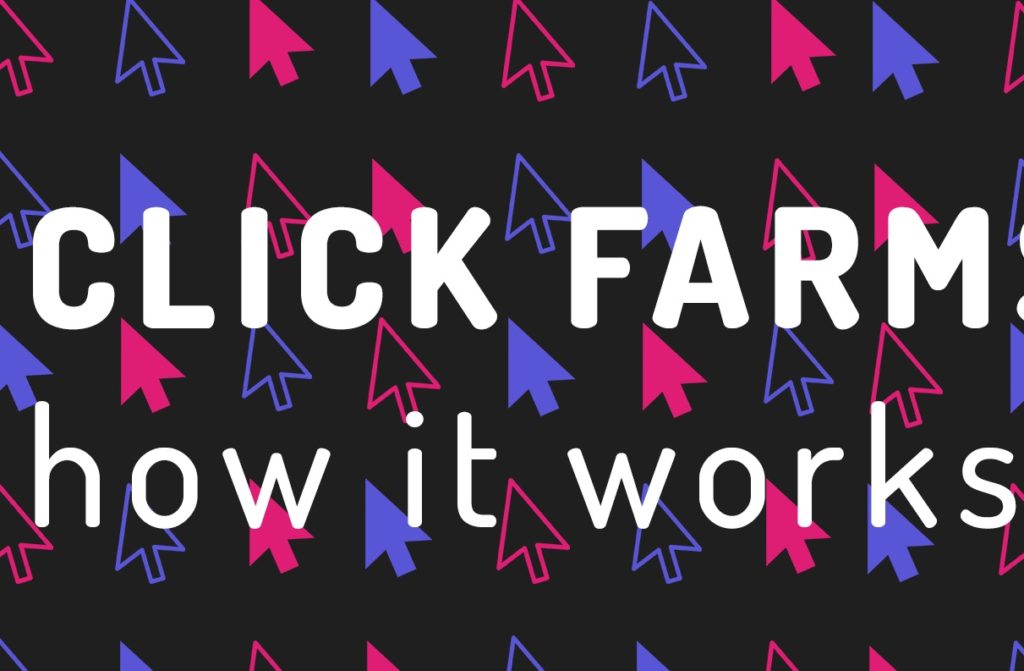Influencers, politicians and PR agencies want to boost their media accounts with “real followers” and “real engagement”. So they buy services from click farm platforms. But this is outsourced to workers, who spend their day clicking and liking social media posts.
The figure above was produced by DigiLabour Research Lab in the context of the Histories of Artificial Intelligence project, University of Cambridge. See here in high resolution.
We are conducting ongoing research on click farms in Brazil, led by dr Rafael Grohmann. We understand clickfarms as ‘parasite platforms’, and workers’ tactics as a means of survival. We say clickfarms are parasite platforms because they depend on social media platforms infrastructures to survive – in parallel with ‘platform tree‘ (José van Dijck)
For each task, workers earn as little as $0.0012. Under these conditions, workers purchase fake accounts and bots to earn a minimum amount of money. Facebook and WhatsApp groups are turned into marketplaces for selling and buying fake accounts and bots.
This is a survival strategy for these workers located in Brazil, whose labor market is historically rooted in informality as a norm of the working class. Some of these tactics are reappropriated by platforms, for the creation of their own bots. If workers are blocked on social media platforms, clickfarms claim they are dishonest and do not pay them. In these platforms, faking is a feature, not a bug. This is predicted and encouraged by the platforms.
More information:
AI & Work: the work on Brazilian click farms (Rafael Grohmann, Histories of AI event)
Soon we will be publishing other op-eds, reports and articles.
